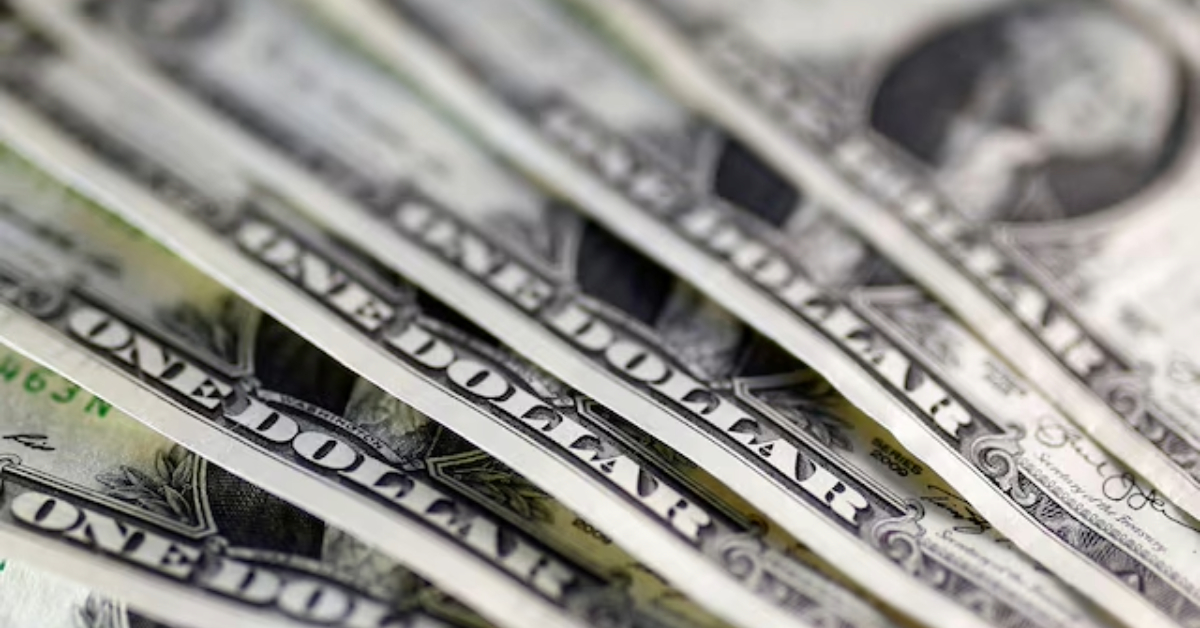Puerto Vallarta, Mexico - The Mexican peso experienced its third consecutive day of depreciation on Friday, reacting to a stronger U.S. dollar after the Bank of Japan opted to keep its interest rates unchanged and shared an optimistic outlook on the economy. The peso was trading at 19.3391 per U.S. dollar, reflecting a 0.20% drop compared to Thursday's reference price from Reuters. The week has seen an overall loss of 0.80% for the Mexican currency.






